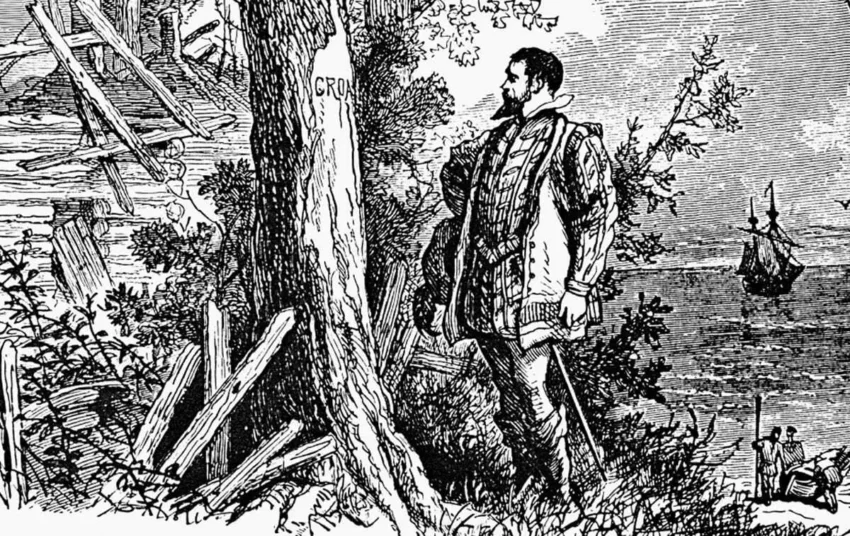In the late 16th century, the quest for land and resources in the New World captivated European powers. Among these ventures was the ill-fated Roanoke Colony, an expedition that would become one of America’s most enduring mysteries. The tale of Roanoke is steeped in intrigue, disappearance, and the haunting question: what happened to the settlers who vanished without a trace? This story reflects the hopes and ambitions of a new world, intertwined with the often harsh realities of survival and the unknown.
The Setting
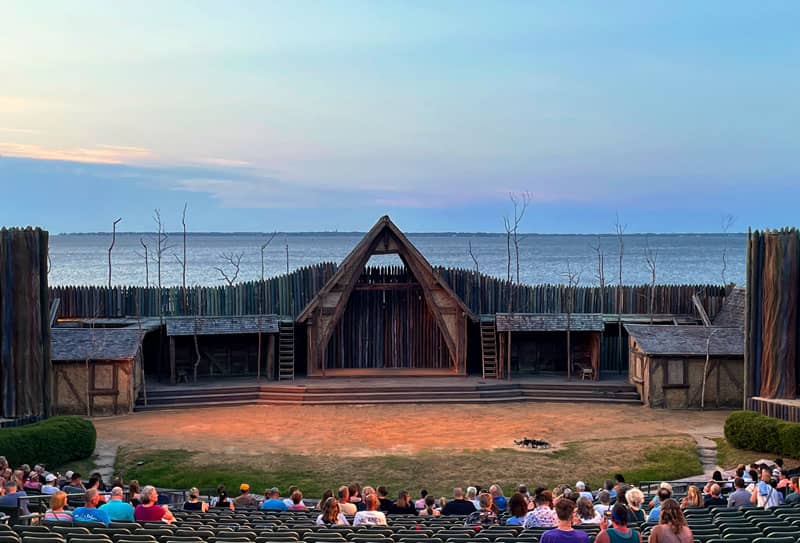
In 1585, Sir Walter Raleigh, an English nobleman, sought to establish a permanent settlement in North America. He secured a charter from Queen Elizabeth I and dispatched a fleet to the coast of present-day North Carolina. The first group of settlers landed on Roanoke Island, a lush, uncharted territory that promised opportunity and adventure.
The island was strategically located near the mainland and offered a natural harbor, making it an appealing choice for a settlement. The settlers were filled with hope as they stepped onto the sandy shores, believing they were on the brink of creating a new home. However, their enthusiasm would soon be tested by the challenges of a foreign land.
The First Expedition
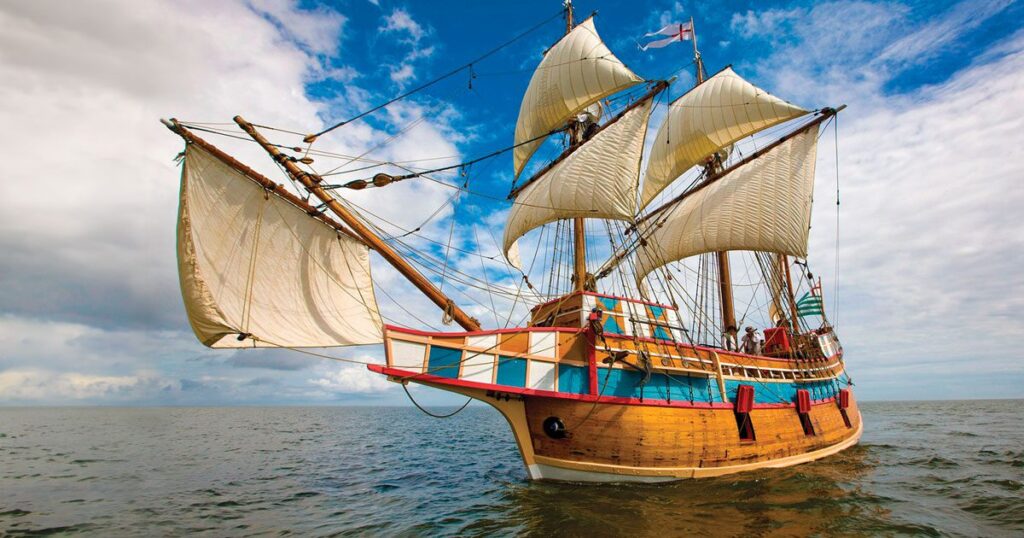
The first expedition, led by Captain Philip Amadas and Arthur Barlowe, returned to England with glowing reports of the land’s potential. They spoke of fertile soil, abundant resources, and friendly Native tribes. Inspired by their accounts, Raleigh sent a second expedition in 1587, this time with a larger group of settlers, including women and children.
Among them was John White, an artist and cartographer, who was appointed governor of the new colony. White and his fellow settlers arrived at Roanoke Island in July 1587, filled with optimism. They began to build homes and establish a community, constructing wooden houses and planting crops. However, the settlers quickly discovered that the realities of life in the New World were far more daunting than they had anticipated.
The Struggles of the Settlers
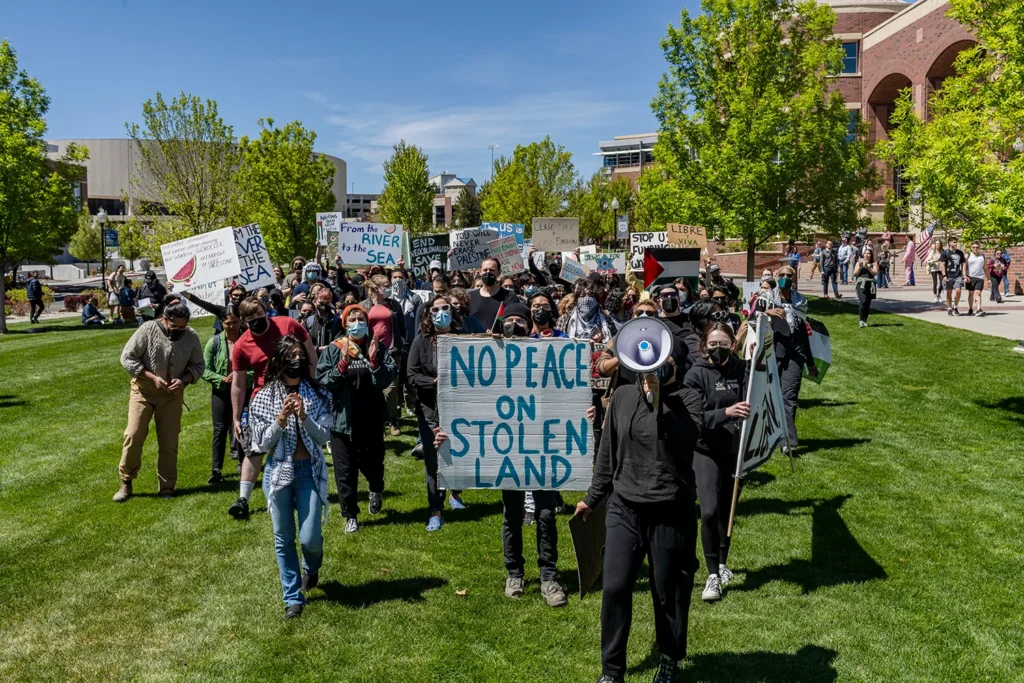
As the settlers struggled to adapt, tensions with local tribes escalated. The Indigenous peoples of the region, including the Croatoan and Roanoke tribes, were initially friendly, but misunderstandings and competition for resources led to conflicts. The settlers faced food shortages, as their crops failed to thrive in the unfamiliar soil, and their attempts to trade with local tribes were met with mixed success.
The situation became increasingly dire as the settlers realized they were ill-prepared for the challenges of survival. With dwindling supplies and growing hostility from some Indigenous groups, John White made the difficult decision to return to England for help. He left behind his wife, daughter, and granddaughter, Virginia Dare, the first English child born in America. The settlers were left with a fragile hope that White would return swiftly with the necessary provisions.
The Journey for Supplies

White’s return to England was fraught with challenges. The Anglo Spanish War had intensified, and ships were commandeered for military purposes, delaying his return to Roanoke for nearly three years. During this time, the situation in the colony grew increasingly precarious. The settlers, isolated and without support, had to rely on their ingenuity and resilience to survive.
When White finally returned in 1590, he was met with an eerie silence. The colony had vanished without a trace. Upon arriving, White found the settlement abandoned. The only clue left behind was the word “CROATOAN” carved into a post, suggesting that the settlers may have relocated to Croatoan Island, where friendly tribes had previously offered assistance. However, adverse weather and a lack of resources prevented White from searching further.
The Mysterious Disappearance

The fate of the Roanoke settlers has sparked countless theories and speculation over the centuries. Some believe they were killed by hostile tribes, while others suggest they assimilated into local Indigenous communities. The carving of “CROATOAN” has been interpreted in various ways, with some theorizing that it signaled a peaceful relocation, while others feared it indicated a more sinister fate.
The mystery deepened as White searched for more clues. He explored the surrounding areas, hoping to find any sign of his family or the other settlers. His efforts yielded little more than unanswered questions. The absence of bodies, belongings, or any evidence of a struggle only added to the enigma.
Clues and Theories
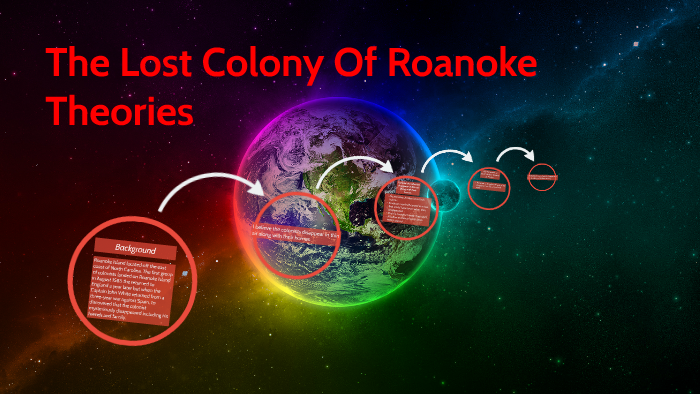
As the years passed, the legend of the Lost Colony of Roanoke grew. Theories abounded, each more imaginative than the last. Some suggested that the settlers had attempted to sail back to England but perished at sea, while others believed they had been captured by hostile tribes. The idea that they had integrated into Indigenous communities gained traction, particularly as stories emerged of European-looking individuals among Native tribes in the region.
The search for answers continued, with various expeditions launched over the centuries to uncover the truth. Archaeological efforts have been made to locate the remnants of the settlement, leading to discoveries of artifacts that hint at the settlers’ presence but do not provide definitive answers. The mystery of Roanoke remains a tantalizing puzzle, drawing historians, archaeologists, and curious minds alike.
The Legacy of Roanoke

The mystery of the Lost Colony of Roanoke endures as one of America’s most intriguing historical enigmas. It has inspired countless books, documentaries, and even fictional adaptations. The disappearance of the settlers raises questions about survival, the complexities of colonization, and the interactions between cultures.
Roanoke Island is now a site of historical significance, attracting visitors eager to unravel the mystery of the lost colony. The Roanoke Island Festival Park features exhibits that explore the history of the colony, and reenactments bring the story to life for visitors. The island serves as a reminder of the dreams and aspirations of those early settlers, as well as the harsh realities they faced.


